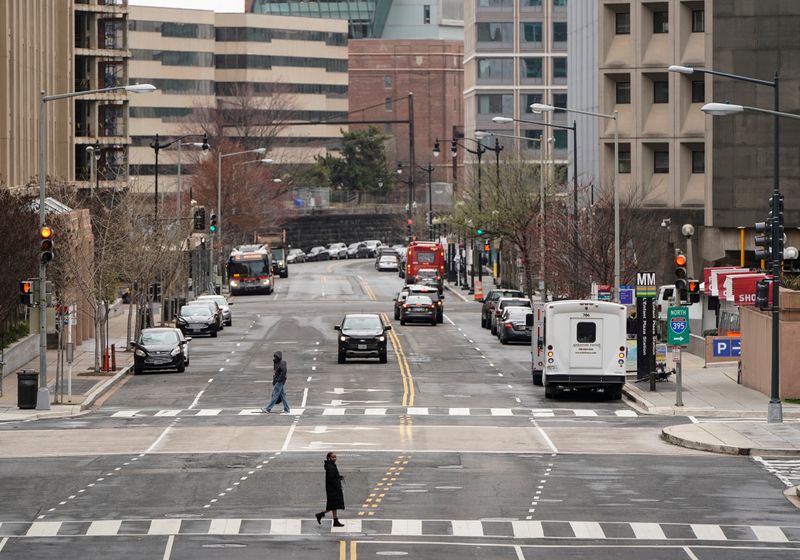By John Kemp
LONDON (Reuters) - "Crises usually accelerate real trends in society and technology, they don’t create or refute them," chess champion Garry Kasparov wrote on Twitter about the coronavirus epidemic.
Social and economic changes most often occur in the direction of least resistance, starting with small, isolated, almost imperceptible alterations, then gradually diffusing and accelerating until they become visible as large shifts.
Shocks such as epidemics and military conflicts tend to accelerate changes already underway because some of the arguments and forces resisting change are temporarily weakened by short-term necessity.
Shocks overcome some of the political, social, economic and psychological inertia, the force of habit, that keeps social and economic systems hard to alter.
Some of the accelerations caused by the coronavirus epidemic are already discernible, in Britain and other countries, including the shift from physical cash to electronic payments.
But one of the largest shifts is likely to be a shift towards increased home and local working and reduced daily travelling to work in corporate offices densely clustered in the centre of cities.
Since late March, Britain’s government has encouraged employees to work from home whenever possible as part of the country’s efforts to control the transmission of coronavirus.
The epidemic has forced a hurried mass experiment in decentralised home working (“Stay at home, protect the NHS, save lives”, Department of Health and Social Care, April 15).
Many employees and businesses have embraced the change enthusiastically. Some are likely to continue home working, at least for some staff, or part of the time, as lockdown is eased.
HOMEWORK
The proportion of people working from home was already steadily rising in the years before the crisis, according to the government’s “Annual Population Survey”.
In 2019, the survey found 1.7 million people were working mainly from home, and 4.0 million had spent at least some time working from home the week before being questioned, out of a total of 32.6 million in employment.
The proportion working mainly from home had risen to 5.1% in 2019, up from 4.9% in 2018, 4.6% in both 2017 and 2016, and 4.3% in 2015 (https://tmsnrt.rs/2TLUhQW).
Contrary to the perception that home workers are mostly millennials, chafing against office culture, or with insecure employment, the proportion rises steadily with age.
Workers over age 50 are more than three times as likely to work from home as those aged under 30 (“Coronavirus and homeworking”, Office for National Statistics, March 24).
Workers in high-status positions (managers, professionals and technical specialists) were more likely to work from home than their more junior colleagues.
Not all jobs can be done from home. Working from home is far more common in industries such as information and communication, science and technical advice, real estate, and the arts and entertainment.
It is much rarer in industries such as manufacturing, health and social care, construction, education, transportation and storage, many of which require physical presence and person-to-person contact.
There are also big regional differences. Working from home is much more common in the South East, London, the South West and East of England, less common in the North West, North East and Northern Ireland.
Regional differences in the proportion of employees working from home reflect geographical variance in industrial structure (“The UK Regional-National Economic Problem,” McCann, 2016).
But regions with the highest levels of working from home are also generally those with the highest labour productivity, highest incomes and fastest economic growth.
Home working was already increasing before the virus struck, though concentrated with certain occupations and mostly among more senior and high-status employees.
The epidemic is likely to accelerate the trend, increasing home working among a wider range of occupations and through lower levels within organisations.
Increased home working has the potential to cut energy consumption and transport use associated with daily commuting as well as reducing demand for central office space.
The rise of home working before the epidemic shows it was responding to real social and economic needs. Lockdown has proved its feasibility for a broader range of employees and is likely to accelerate more widespread adoption.
Related column:
- Coronavirus is dark side of an urban interconnected world (Reuters, May 22)

- Coronavirus confronts decision-makers with a terrible trade off (Reuters, March 18)